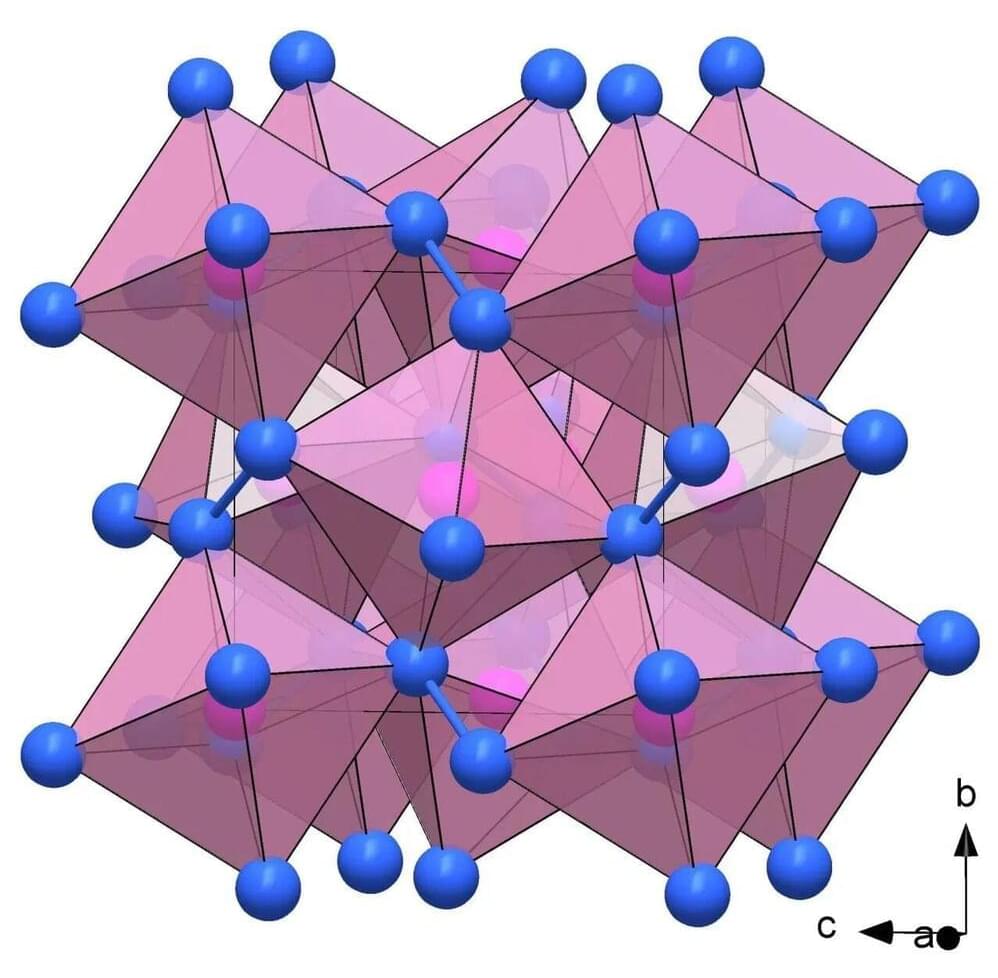For decades, astronomers and physicists have been trying to solve one of the deepest mysteries about the cosmos: An estimated 85% of its mass is missing. Numerous astronomical observations indicate that the visible mass in the universe is not nearly enough to hold galaxies together and account for how matter clumps. Some kind of invisible, unknown type of subatomic particle, dubbed dark matter, must provide the extra gravitational glue.
In underground laboratories and at particle accelerators, scientists have been searching for this dark matter with no success for more than 30 years. Researchers at NIST are now exploring new ways to search for the invisible particles. In one study, a prototype for a much larger experiment, researchers have used state-of-the-art superconducting detectors to hunt for dark matter.
The study has already placed new limits on the possible mass of one type of hypothesized dark matter. Another NIST team has proposed that trapped electrons, commonly used to measure properties of ordinary particles, could also serve as highly sensitive detectors of hypothetical dark matter particles if they carry charge.






